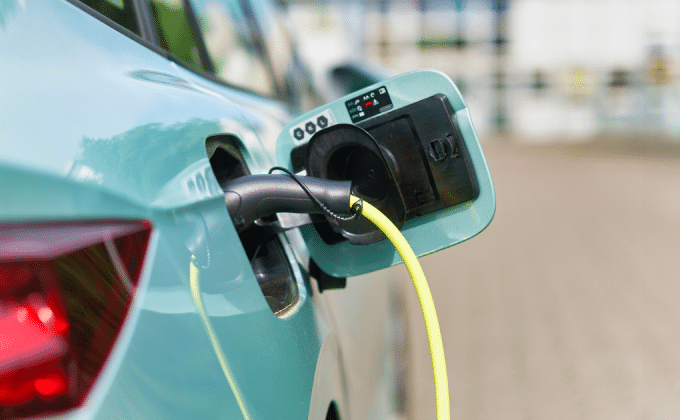Filter >>
Content Filter:
Thursday, 10 July, 3:00 p.m. CEST Sign up here As the markets for electric vehicles grow across the globe, it is imperative to ensure that power grids can provide additional, clean electricity. ‘Smart’ charging… View Summary +

Thursday, July 17, 10:00-12:00 (Brasília Time, BRT) Distribution System Operators (DSOs) are becoming critical enablers for integrating distributed energy resources and smart grid technologies into power systems globally. Agência Nacional de Energia Elétrica (ANEEL), under Brazil’s regulatory framework, establishes conditions… View Summary +
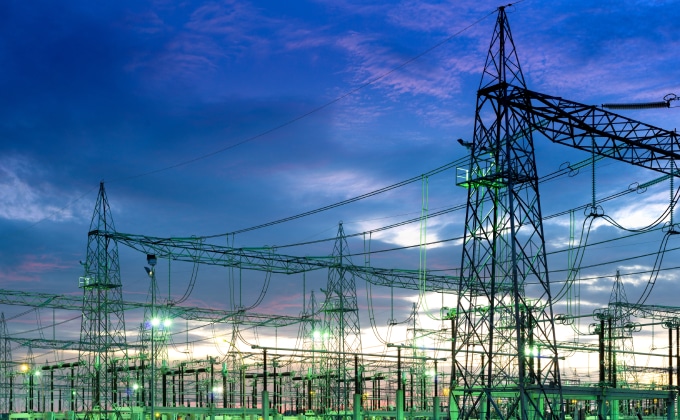
Join us at the Clean Energy Ministerial 16 meeting. Together with the Empowering Regulators for Accelerated Decarbonisation campaign, RAP is organizing a Regulatory Forum for senior leaders from ministries and regulatory agencies… View Summary +
Europe’s road freight sector is electrifying quickly, with strong projections for the uptake of electric heavy-duty vehicles (e-HDVs) in the coming years. But infrastructure isn’t yet keeping pace. Our infographic highlights the major barriers to freight electrification, including the rollout… View Summary +
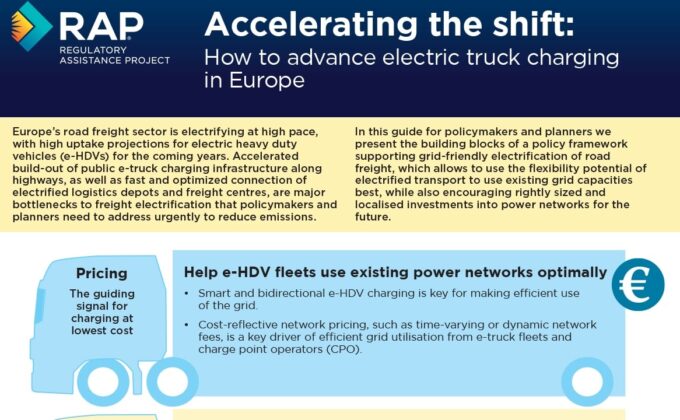
European industry is a very large user of heat: around 1,900 TWh each year for a range of low- to high-temperature processes. Electrification of this process heat has emerged as a key pathway for decarbonisation, resilience and modernisation of industry. View Summary +
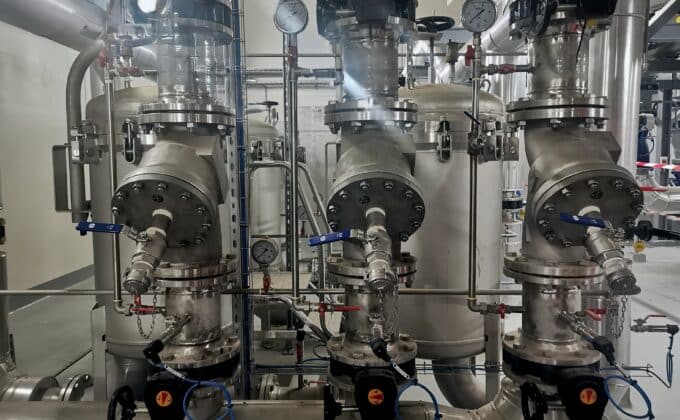
随着中国能源需求的不断增长以及可再生能源的大规模并网,平衡能源供需的挑战将日益增长。在可再生能源主导的电力系统中,保障电力系统安全稳定经济运行面临着全新挑战。电力系统不仅需要满足静态的“迎峰度夏”和“迎峰度冬”中的高峰用电需求,更需要妥善处理日间净负荷波动对电网的影响。解决这些挑战的一个重要手段是拓宽现有思路,积极探索费率设计和需求侧管理等政策的迭代,制定能够反映电网供需变化的动态智能电价体系。自2021年以来,中央和地方政府推动的分时电价政策使电价信号得以更充分地发挥,而这些静态电价设计的灵活性和即时性还可以被进一步完善。其中,完善尖峰电价机制,使其更具备动态性,或许可考虑作为下一步工作方向。 2021年,国家发改委发布了《关于进一步完善分时电价机制的通知》(发改价格〔2021〕1093号),大力推动分时电价,以引导用户调整用能习惯。随后,各省积极推进并细化了分时电价政策、加速促进了电力的灵活使用,尖峰电价机制也在持续完善。然而,大多数省份的尖峰电价机制只是在当前静态分时电价的基础上增加了一个固定的尖峰时段,其执行的电价价位、持续时间,和起始时刻均被提前设定,并且通常按年或季节重新评估和调整。静态的分时电价机制无法充分体现电网的短期(每日甚至每小时)供需波动。 为进一步发挥电价信号作用,引导用户错峰用电,可以考虑持续完善分时电价,在现有的静态电价基础上增加随电网实际情况调整的动态机制(以下称之为动态尖峰电价)。 动态尖峰电价与当前尖峰电价的最大差别在于没有事先确定的起始时刻。其执行方式更类似于需求侧管理,在电网调度预判到未来电力系统供需情况较紧张时,通知电力用户将在紧张时段启用高价的尖峰电价,以此达到重塑用电曲线的目标。其特点在于能够在少数电力供需紧急的时刻通过价格信号调整用电曲线,而其余时段仍沿用静态的分时电价。 在美国,多个电力公司已实行动态尖峰电价。在典型的动态尖峰电价机制下,区域调度中心预测到未来的电力系统供需情况较紧张时会提前通知电力用户将会启用尖峰电价。用户可自行选择减少第二天的能源消耗以节省开支,或照常用电并支付尖峰电价。大部分电力公司会根据日前预测决定第二日是否启用动态尖峰电价,也有少数允许只提前数小时通知。与国内现有的尖峰电价相似,不少电力公司只在冬夏两季触发尖峰电价,但也不乏有电力公司选择半年甚至全年执行动态尖峰电价。 动态尖峰电价具有较高的设计自由。大部分为“定时定价”,即动态尖峰电价在一天中的执行时段和价格不变,区别只在于是否启用。还有小部分电力公司制定“定价不定时”模式,动态尖峰电价可在一天中的任何时间执行,给予其更多自由度来贴合电力负荷最高时刻。 监管部门会限制电力公司启用尖峰电价的次数,通常每年最多启用十几到二十几次,每次限制在几个小时之内,每天只能启用一次。触发尖峰电价的条件除了极端天气,还可能根据电力日前市场、高电力净负荷、电网拥堵、系统安全警报等任一因素判断是否启用动态尖峰电价。欧洲国家,如法国和瑞典等,也已尝试类似的模式,细节虽略有不同,但基本都带来了显著的调峰效果。 动态尖峰电价根据电网短期供需波动,通过调整净负荷高峰时期的电价来引导用户错峰用电,这一机制在我国并非全新概念。目前,多数省份执行的尖峰电价本质上与固定分时电价无异。值得一提的是,2022年江苏、安徽和广东均实施了一种“改良版”的尖峰电价,即动态尖峰电价–通过前一天的天气预报来决定第二天的是否启用尖峰电价。这是向着更完善、更智能的分时电价设计发展的重要一步。 目前,国内仅有少数大型工商业用户直接参与电力市场并受现货市场价格影响,而更多工商业用户仍采用相对静态的分时电价,尚有大量潜在的需求响应能力有待挖掘。动态尖峰电价能在能源需求预测最高、或电力系统处于紧急状态时调整负荷曲线,避免运行更昂贵的发电资源或是执行有序用电。通过精准反映电网实时供需状况,不仅能提升电力系统的灵活性,还能达到更有效的削峰填谷效果,更好地保障电力系统安全稳定经济运行。作为推进电力定价优化的下一步,有以下两方面可以考虑1)推广动态尖峰电价到更多省份,并按需调整峰谷电价价差,以达到调整用电曲线的作用;2)增加基于电网状况预测的触发因素,将电力系统负荷强度、发电资源禀赋、紧急状况等因素都考虑在内,从而增强价格信号与实时电网状况的一致性。 本文修订版首刊于《中国电力报》,2025年6月19日… View Summary +
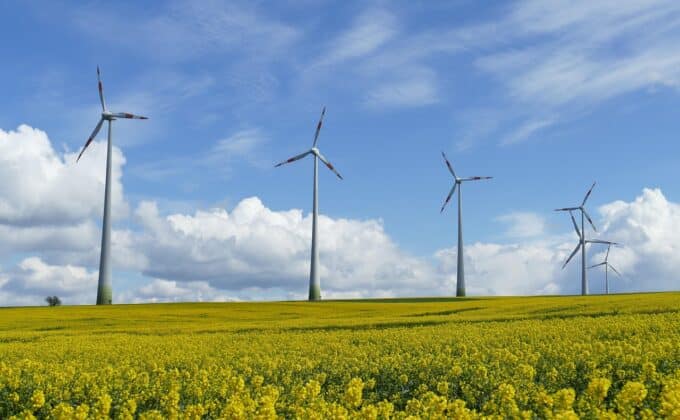
Building on the European Green Deal, the European Commission has adopted a new business plan for Europe – the Clean Industrial Deal. The plan aims to address the “climate crisis and its consequences, competitiveness concerns and economic resilience.” A… View Summary +

自2020年起,虚拟电厂受到了上到中央政府机构、省级政府,下到市级、区级政府的广泛关注。虚拟电厂作为电力系统的“智能管家”迅速崛起,离不开星罗棋布的分布式资源与电网灵活调度需求的紧密契合。然而,尽管理论上虚拟电厂能够聚集这些分布式资源,但受多重掣肘牵制,难以形成合力,仍有很大一部分基于地方需求的电网服务尚未获得充分重视,这类服务可以成为其重要增收来源。这些地方电网服务的特点是由地市级调度解决地市内部分台区、线路的潮流阻塞、电压跌落等问题,或是对各种电力市场中精确的位置信号作出响应。 为虚拟电厂建立可持续的商业模式的关键在于进一步完善虚拟电厂的多维价值激励机制,为虚拟电厂提供的服务进行相应的回报。目前,关于虚拟电厂的主要讨论仍聚焦于自上而下的顶层设计上,因此本文将在这些讨论的基础上,从国际比较和案例分析的角度入手,更详尽地介绍虚拟电厂地方服务的激励机制,以及如何将其纳入虚拟电厂的三个主要收入来源,即零售市场、批发市场和需求侧响应项目。本文将以现行项目架构及电力市场机制为基础,结合美国纽约虚拟电厂补偿机制的实践经验与启示,系统梳理不同收益渠道的现行激励政策,并针对性地提出各环节的优化路径。 作者采访版刊登于《中国能源观察》5月刊。 This report is also available in English. View Summary +
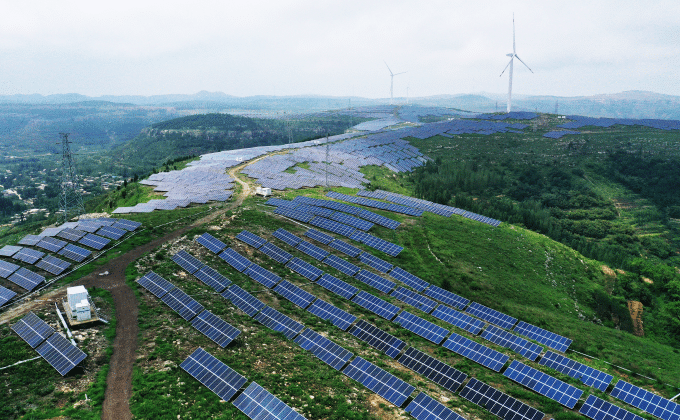

Part of RAP & ICCT’s Benefits of EVs Through Smart Charging Global Project As electric vehicle markets across the globe grow and mature, the challenge to ensure the smooth and effective integration of EVs into the power grid becomes more… View Summary +
